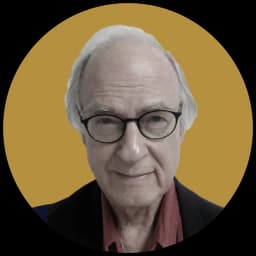Indian Prime Minister Arrives in America for High-Stakes State Visit Reflecting Great Power Rivalry — and Rising Clout of Indian-American Voters
Despite the ambivalence of India’s foreign policy, the prime minister is getting the kind of recognition reserved for America’s closest friends and allies — a 21-gun salute at the White House, an address before Congress, and a state dinner that evening.

India’s prime minister, Narendra Modi, arrived Tuesday at New York on a high-stakes mission at the nexus of great power rivalries among the Americans, Chinese, and Russians — on top of the rising importance of Indian-American voters.
Please check your email.
A verification code has been sent to
Didn't get a code? Click to resend.
To continue reading, please select:
Enter your email to read for FREE
Get 1 FREE article
Join the Sun for a PENNY A DAY
$0.01/day for 60 days
Cancel anytime
100% ad free experience
Unlimited article and commenting access
Full annual dues ($120) billed after 60 days

